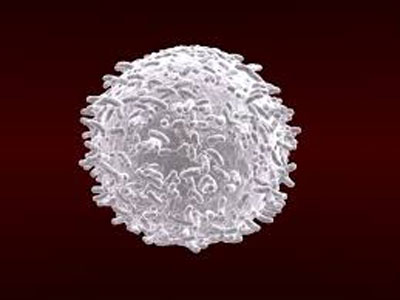White Blood Cells

White cells are existing in variable numbers and types but make up a very small part of blood's volume normally only about 1% in healthy people. Leukocytes are not limited to blood. They occur elsewhere in the body as well, most notably in the spleen, liver, and lymph glands. Most are produced in our bone marrow from the same kind of stem cells that produce red blood cells. Others are produced in the thymus gland, which is at the base of the neck. Some white cells (called lymphocytes) are the first responders for our immune system. They seek out, identify, and bind to alien protein on Bacteria, Viruses and Fungi so that they can be removed. Other white cells (called granulocytes and macrophages) then arrive to surround and destroy the alien cells. They also have the function of getting rid of dead or dying blood cells as well as foreign matter such as dust and asbestos. Red cells remain viable for only about 4 months before they are removed from the blood and their components recycled in the spleen. Individual white cells usually only last 18-36 hours before they also are removed, though some types live as much as a year. The description of white cells presented here is a simplification. There are actually many specialized sub-types of them that participate in different ways in our immune responses.